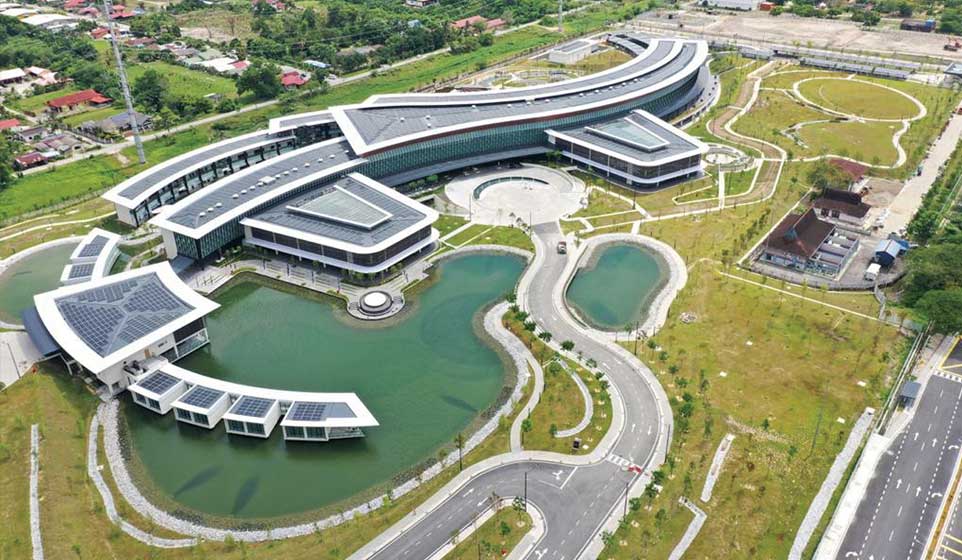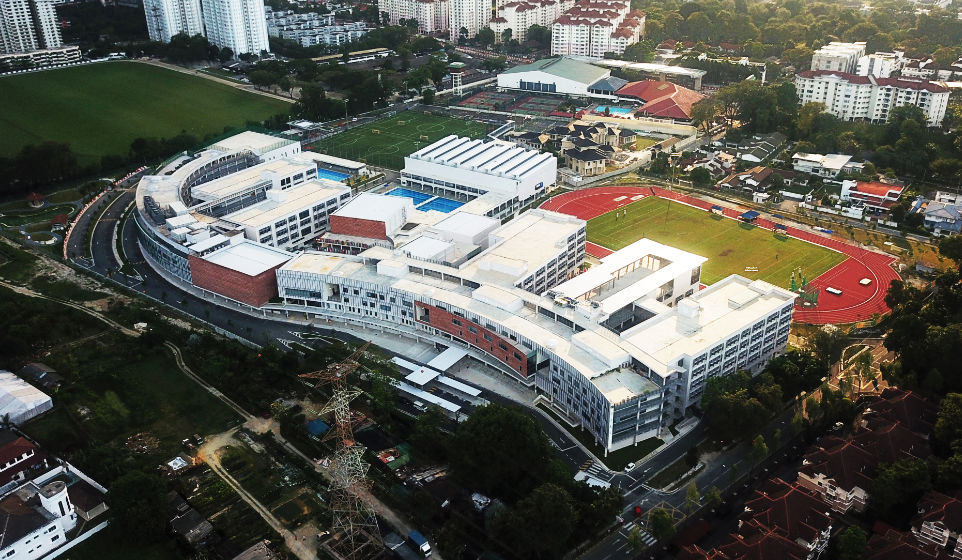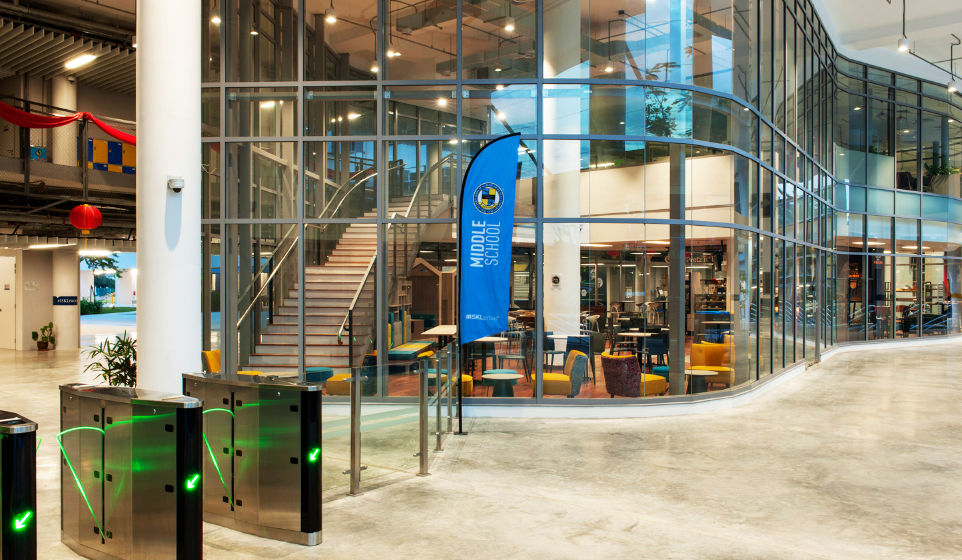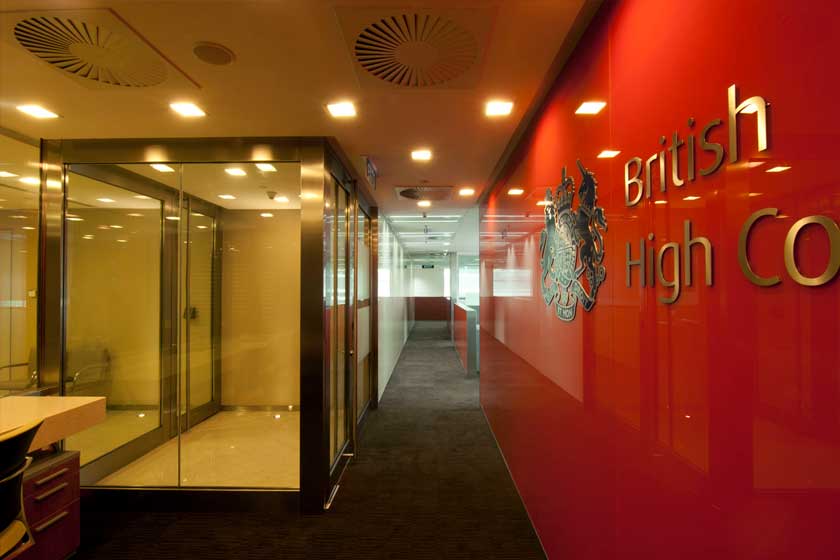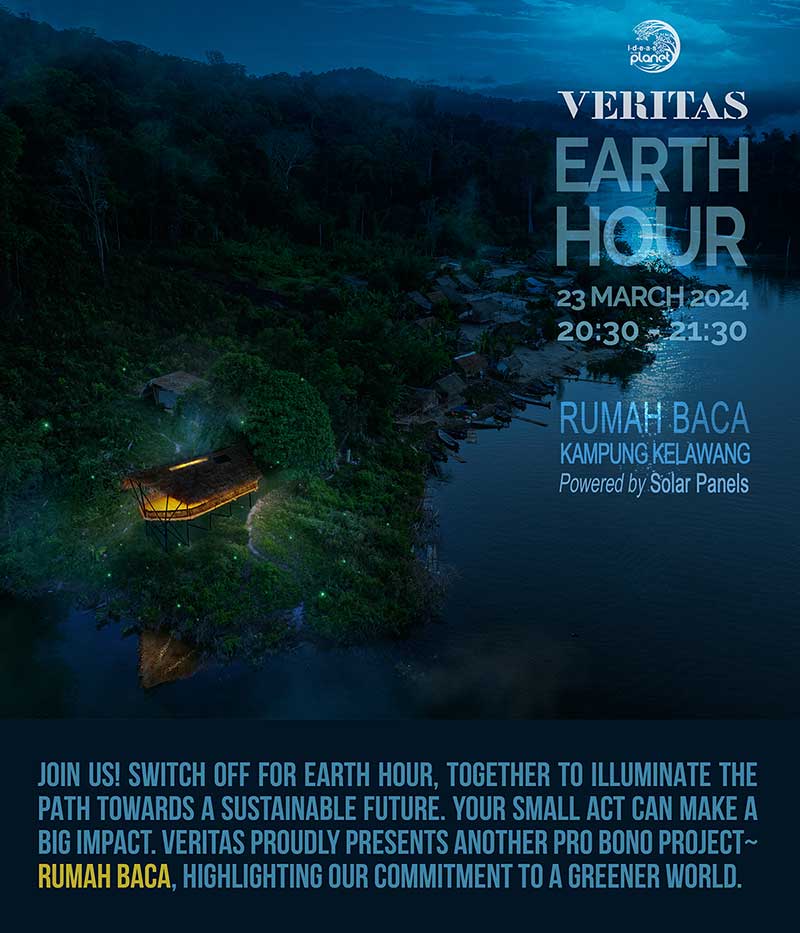![]()
Institutional
International School of Kuala Lumpur
Client : ISKL
Located in a 26 Acres site in Ampang Hilir, The new campus for the International School of Kuala Lumpur will be an opportunity to bring all three parts of ISKL (elementary, middle and high school) back together again in one location in a new space fully appropriate to the school’s unique identity. The new school will accommodate 2000 students with a provision to expand to 2.500 students in the future. The school is to be a sustainable exemplar both for the region and the world, aiming to obtain a BGI Platinum rating.
The programs comprise a performing arts centre adjacent to the music, arts and drama departments, two separate gyms, to swimming pools 50m and a 25 m, 3 football fields, a running track, tennis and badminton courts, student activity spaces, cafeterias, science labs. The various parts of the school are linked by a curvilinear “spine” building that links the public area of the city and the private world of the school. The heart of the school is the central plaza and the performing arts centre –a complex of performance, gallery and gathering spaces- where the school community can come together. The project was done in conjunction with HOK Architects of UK.
The International School of Kuala Lumpur (ISKL) approaches sustainability in a holistic manner, addressing all issues such as energy efficiency, materials, resources, indoor environment quality, waste disposal, transportation energy, building services and water efficiency. ISKL aims to achieve a minimum of Platinum Green Rating under Malaysia’s Green Building Index (GBI) rating tool, with a target of 90 points.
Sustainability strategies that shall be implemented in ISKL: -
- During construction, the project aims to reduce 90% of construction waste where the waste will be recycled or reused.
- Glazing, building envelope insulation, lighting, fans, pumps ducts, valves shall contribute to the overall efficiency of the school. The school aims to achieve a Building Energy Intensity (BEI) of 50kWh/m2 per year or lower. Thus, consuming 60% less energy than the international average.
- The design team targets to have all classrooms fully lit by natural daylight by implementing daylight harvesting strategies.
- The design of ISKL includes a retention pond which will collect rainwater and function as an eco-pond and green area to promote biodiversity.
- Rainwater harvesting for toilet flushing, grey water recycling for irrigation, water efficiency fittings and condensate water recovery for the cooling tower all aim to reduce water consumption by 50%.
- Equipped with photovoltaic panels (PV) on the roof as means of on-site energy generation, the target is to have a minimum of 2% of the total building energy consumption to be provided by these panels.
- Anaerobic digesters as a source of renewable energy will be provided, by recycling all organic waste the school will produce. The product of the anaerobic digester is biogas containing methane, carbon dioxide and traces of other gases that can be used directly as fuel for a kitchen stove.


